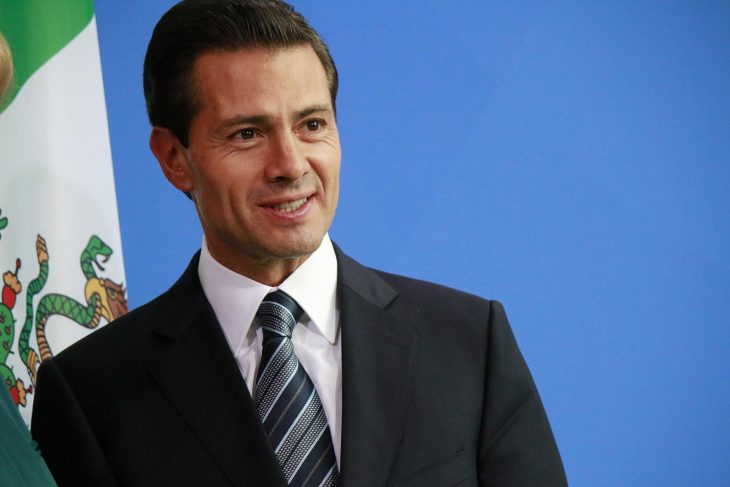Mexico is quickly becoming an emerging market heavy-weight. Its economic output, as
measured by Gross Domestic Product (GDP) was $2.2 trillion in 2015. This was much
less than its primary trading partner, the United States ($17.9 trillion) but larger than
its other NAFTA partner, Canada ($1.6 trillion). Mexico’s geographic size is equivalent
to Saudi Arabia. But it supports five times as many people while exporting one-fourth
of the oil.
Mexico’s 2015 GDP growth rate was 2.3 percent. That’s better than the 2.1 percent
rate in 2014, and the 1.4 percent rate in 2013. Its standard of living, as measured by
GDP per capita, was $18,500, less than half that of its other NAFTA partners. (Source:
CIA Factbook)
Mexico’s Economy Depends on Exports
Mexico is the 12th largest exporter in the world. In 2015, 80 percent of its exports
went to the United States. Trade with the United States and Canada has tripled since
the implementation of the North American Free Trade Agreement in 1994. More than
90 percent of Mexico’s trade is under 12 free trade agreements with over 40
countries. Its largest trade partners are the United States (48 percent), China (16.6
percent), and Japan (4.4 percent). Other trade partners are Guatemala, Honduras, El
Salvador, and the European Union. These trade agreements are a big reason for
Mexico’s success.
Mexico manufactures and exports the same amount of goods as the rest of Latin
America combined.
Foreign trade is a larger percentage of Mexico’s economy than any other large
country. Mexico’s #1 export is manufactured products. It also exports silver, fruits,
vegetables, coffee, and cotton.
Mexico is the world’s eighth largest producer of oil, at nearly three million barrels per
day. This is less than Canada, Iran, or Iraq but more than other big exporters such as
Kuwait, Brazil, or Nigeria.
(Source: “Senores, Start Your Engines “, The Economist, November 24, 2012.
“Mexico’s Economy”, CIA World Facebook.)
Mexico imports machinery for metalworking and agriculture. It also imports electrical
equipment, automobile and aircraft parts, and steel mill products. (Source: CIA World
Factbook.)
Why Mexico Is Attractive to Investors
Mexico’s economy and culture are changing. Until 2012, Mexico’s economy
underperformed Brazil’s. Mexico is now a major manufacturing center for electronics.
That includes most of the flat-screen TVs sold in the United States. It also makes
medical devices and aerospace parts. (Source: “Mexico, the New China”, The New York
Times, January 26, 2013.)
Mexico has 44 free trade agreements. That means any company that manufactures
there has duty-free access to 60 percent of the world GDP. International trade
(exports plus imports) equals 66 percent of the country’s GDP. That’s much higher
than Brazil (26 percent) or even China (42 percent). (Source: “Open for Business”, The
Economist , March 12, 2016.)
Mexico has grown from the ninth to the seventh largest auto manufacturer in the
world between 2010 and 2015. It’s the fourth largest auto exporter. It recently
surpassed Japan as the second-largest U.S. auto parts exporter.
(Source: Dudley Althaus and William Boston, “Trade Pacts Give Mexico an Edge”, Wall
Street Journal, March 18, 2015.)
This emphasis on trade makes Mexico’s companies globally competitive. Gruma is the
world’s largest tortilla maker. Bimbo is the largest bread maker since it acquired U.S.
baker Sara Lee.
Fuente: The Balance



